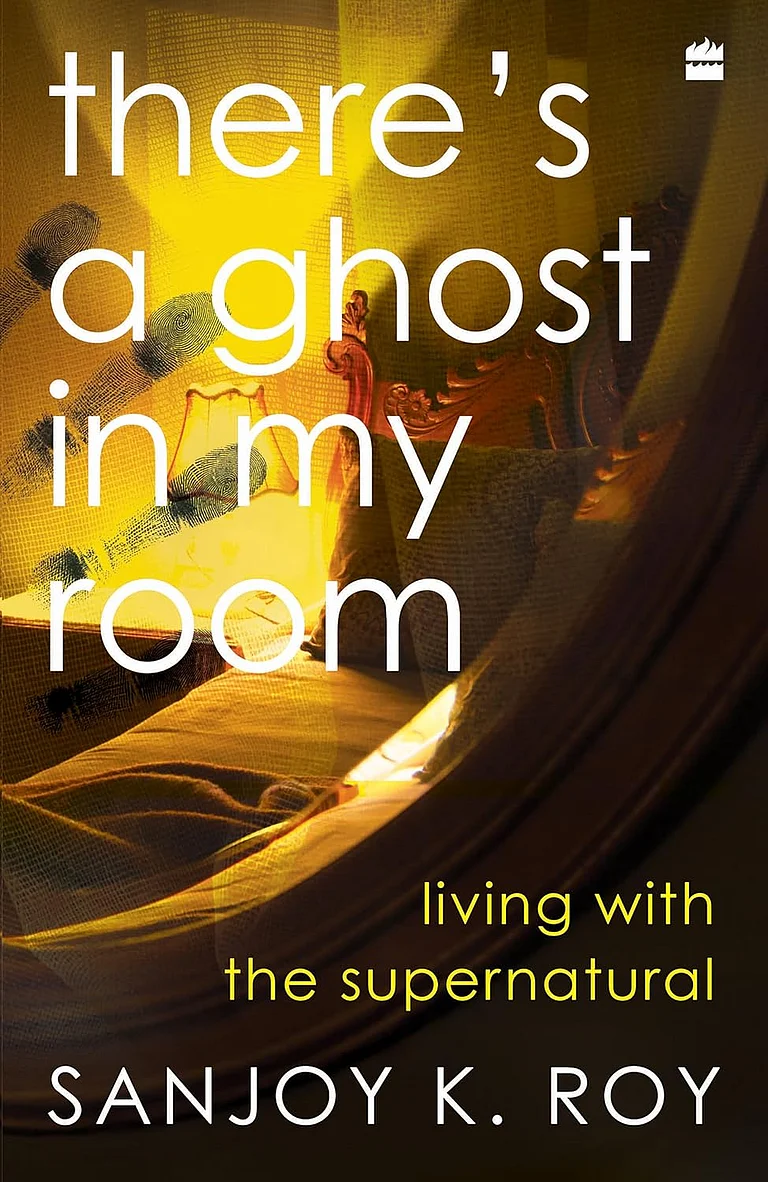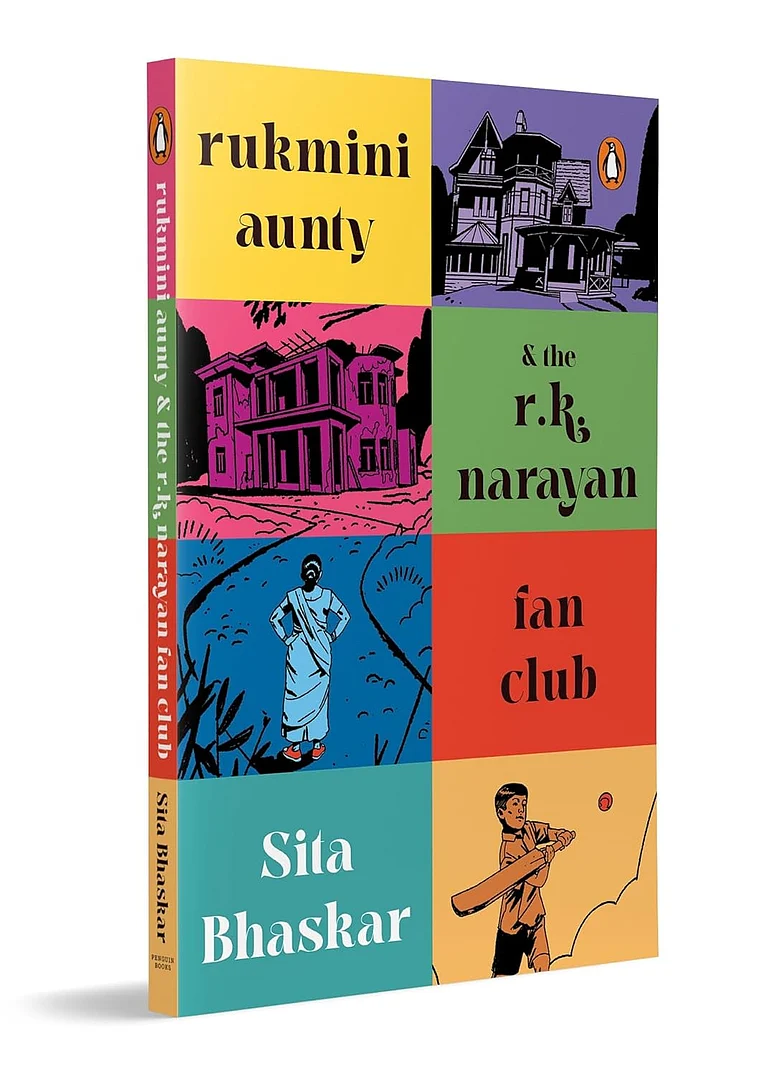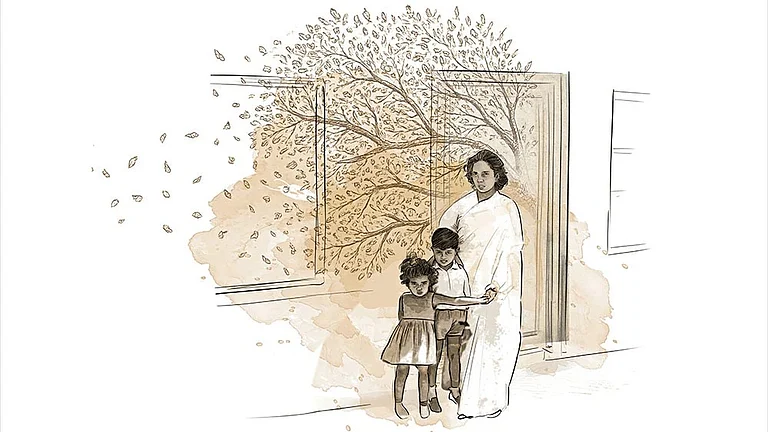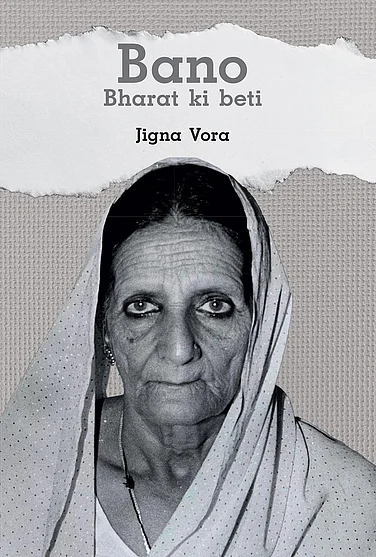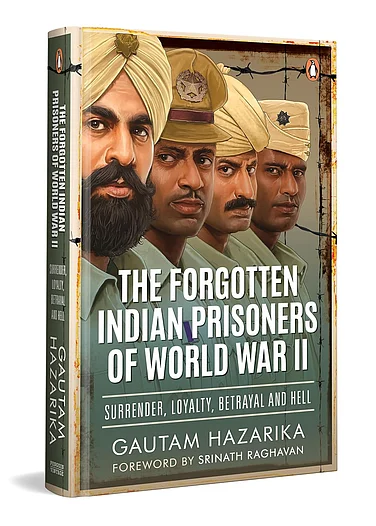
Neera Kashyap’s Cracks In The Wall delves deep into trauma, faith, and survival, focusing on women, children, and other lives lived at the margins of society.
Kashyap’s restrained, compassionate prose exposes violence, loss and social constraints while still leaving space for connection and change.
Blending lived reality with myth and ecology, the collection becomes a meditation on empathy and the hidden fissures that hold both suffering and healing.
Neera Kashyap’s Cracks in the Wall is a quietly searing collection that exposes the invisible fractures running through families, communities and individual lives. Across twenty-six stories, the writer examines trauma, resilience and the fragile but persistent hope that holds people together despite seemingly overwhelming odds. The characters—often women and children trapped in cycles of pain, neglect, or social limitation—speak from the margins of a deeply stratified world. These are stories of working women in abusive marriages, children bearing the weight of trauma, communities coping with insurgency or loss.
The narratives feel grounded in lived experience yet layered with insight, somewhere on the lines of Banu Mushtaq’s Heartlamp. The ‘wall’ in the title is metaphor for both protection and barrier — and is well handled in multiple registers.
The first story in the collection, Narratives that Live, uses faith—both in the divine and humanity—as an anchor against despair and hopelessness in life, sets the tone for the rest of the stories. A lonely widow’s tour of the temples of Vishnupur evokes the subtle need for human connection and physical intimacy using a tour as a metaphor for life.
Supplication continues the exploration of faith, revealing the quiet anguish of a pregnant woman who kneels in prayer before the female saints of Hazrat Nizamuddin. Within an eight-hundred-year-old cell, she seeks divine protection for herself and her unborn child — her whispered pleas echoing centuries of women’s unspoken fears and hopes.
Healing the Improbable traces the fragile bond between two grieving mothers, Kartar Kaur and Bibi Baljit, whose sons have vanished amid the insurgency that shadows their homeland. Their shared sorrow draws them together, yet closure remains elusive. In their moments of despair, the question lingers — can one mother truly help another bear the unbearable?
In a similar vein, Not by the Gun centres on a mother’s fierce resolve to shield her son from being drawn into a Maoist faction. Defying both the militants and her husband, she enrols the boy in a small, unfunded school run by a man devoted to offering children an alternative path — an act of courage that becomes, in itself, a prayer for peace.
There are stories like Fake Nikah, which resonate with Heartlamp, through the minority community it portrays. Mirroring a woman’s fight to be a doctor in the face of the opposition of her husband’s family, which is why she dares to seek a divorce.
Not all the stories are women-centric. Where Love is No Driver narrates Ghanshyam’s struggle to rise above poverty and illiteracy in Chandausi and become an entrepreneur. However, his professional achievements fail to translate into personal fulfilment leading to another kind of understanding.
While the stories do not shy away from the dark side of life — violence, addiction, fear — they do leave room for healing, connection and the possibility of change, which lends balance to the collection.
Kashyap writes with clarity and compassion, her prose measured yet piercing. These are not loud stories, but their restraint makes them even more unsettling. They unsettle because they mirror the world as it is, without sensationalism. The author’s style is plain but precise; there’s no deliberate frills of language, yet enough emotional texture to engage readers who enjoy reflective fiction.
The final story, Mother of All Beings, sums up this idea. Drawing upon the legend of Bon Bibi — the merciful yet formidable protector of the Sundarbans — Kashyap interweaves elements of myth and ecology with contemporary realities: the perilous lives of honey gatherers, fatal tiger attacks, and the delicate balance between human survival and the sanctity of nature. The jatra performance of Bon Bibi’s powers becomes an allegory for harmony between community, ecosystem and the divine. It reminds readers that every life, human or otherwise, is part of a larger, dynamic web of relationships.
If there is one criticism that arises, it lies in the uniformity of tone — some stories seem to merge into one another, their quiet rhythms almost too consistent. Yet even this contributes to the collection’s meditative quality. Kashyap is less concerned with plot twists than with emotional truth, and her achievement lies in giving voice to the unspoken, to the cracks where both pain and light reside.
Ultimately, Cracks in the Wall is not merely a collection of stories but a testament to empathy, urging readers to look again at the fissures within and around them, and to recognise that healing often begins from those very cracks.
Cracks in the Wall is published by Niyogi Books and available for INR 595/








